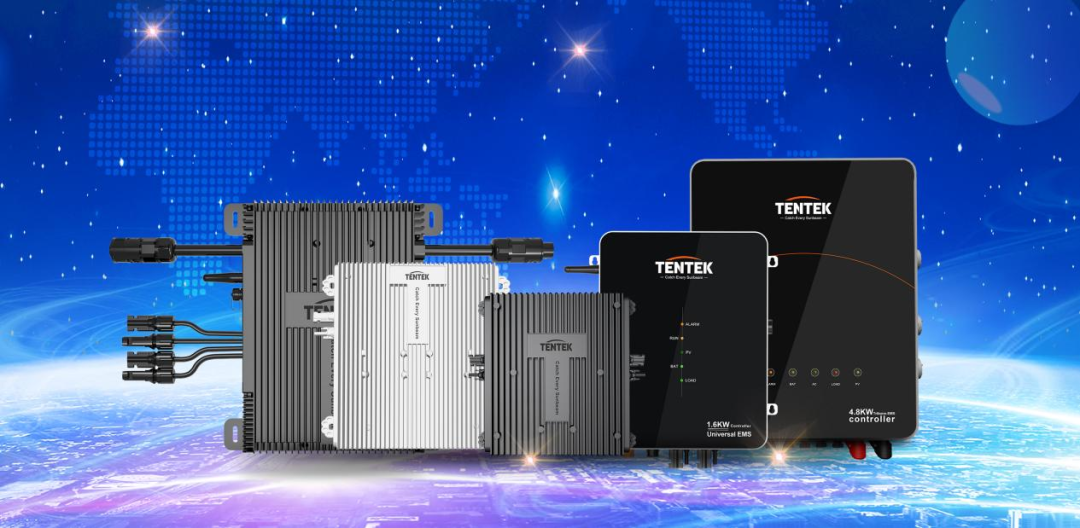Installed in the first quarter of the year-on-year growth of nearly 50%, this year, the United States household storage is more appetizing
Time: Jul 05, 2024Views:
The strong start to the first quarter of the U.S. household storage installed capacity has brought high expectations for the whole year.
Relevant statistics show that in the first quarter of this year, the U.S. household storage installed capacity grew 48% year-on-year. Among them, California installed capacity increased three times year-on-year. At the same time, relevant organizations expect the U.S. battery storage capacity will nearly double this year.
A new energy enterprise executives said to the tide of electricity think tank, the recent U.S. household storage battery offer to improve, side by side shows the demand from the second quarter to start the volume.
The U.S. installed capacity of energy storage is concentrated in new energy generation accounted for a relatively high proportion of the region, in order to realize the role of power consumption.
And the U.S. power grid development is still fragmented and rapidly aging, poor regional grid interconnection, short-distance AC power transmission mode short boards a lot of growing energy demand and increasingly variable weather conditions have brought additional pressure on the power grid, it is difficult to meet the residents of the steadily growing demand for electricity.
Texas, California as the two most populous states in the U.S., in the annual routine storms hit more than hundreds of thousands of families suffered power outages, where the energy storage market by the energy generation structure, the current grid structure, the extreme environment of the power outages by the most influential, so the battery energy storage installed capacity is also successively topped the U.S. list.

Tide Power believes that it is almost difficult for U.S. residents to reject the flexibility and timeliness of household storage during the critical period of electricity consumption, not to mention that it can also benefit from the peak and valley tariff mechanism adopted in most regions.
Relevant professional organizations data statistics show that in 2018-2023, the U.S. solar power generation capacity increased by 155%; during this period, California increased by 72%, behind the huge installed space of household storage as well. The U.S. will deploy 13GW of distributed energy storage systems over the next five years, and the residential portion will account for 79% of distributed power capacity installations.
Ningde era, sunlight power, pie energy technology and other Chinese enterprises with high market share in the United States, this year is expected to benefit steadily from the household storage market.
As we all know, the price of electricity is also one of the most important factors to promote the installation of household storage. In addition to the IRA bill, this year more and more high electricity price states are accelerating the introduction of new policies to support the development of energy storage, and enhance investment.
Over the past few decades, the United States retail residential electricity prices are on an upward trend.
In January of this year, California's electricity prices were the third highest in the nation, exceeding the national average by 91%. It is also because of this, its household storage market installed the fastest growth rate.
NEM 3.0 policy that came into effect on April 15 last year to make California's excess solar power output to the grid rates reduced by about 80%, as of now, about 60% of U.S. residents in the installation of rooftop solar energy equipment at the same time to install household storage products, in order to improve the return on investment.

U.S. solar installations have exceeded 5 million units. Relevant statistics show that this year, solar power generation will account for more than 80% of the new U.S. power capacity.
Due to the rapid growth of solar and wind energy capacity, California's battery storage capacity is currently 7.3GW, the first in the United States, followed by Texas, 3.2GW.
Developers expect to bring more than 300 utility-scale battery storage projects online in the U.S. by 2025, with about 50 percent of planned capacity installations to be located in Texas.
Hawaii, the state with the highest residential electricity prices in the U.S., is increasing its use of clean energy through rooftop solar and other means.
Beginning this April, Hawaii residents with rooftop solar panels can enroll in the local Smart Renewable Energy program, which pays customers with storage batteries an upfront credit of $850 per committed kilowatt-hour.
Arizona, the third most populous state in the U.S., recently received $513 million in financing for its largest battery storage project.
New York State, which also ranks in the top 10 in the U.S. for electricity prices, had its Energy Storage Roadmap 2.0 approved on June 20, with a plan to achieve a 6GW energy storage goal by 2030 and $814.6 million allocated for that purpose.
recommend
Jul 08, 2024
Australias household reserves are gradually catching up with the development of large reserves. On July 3, Australias Fe...
Hot







